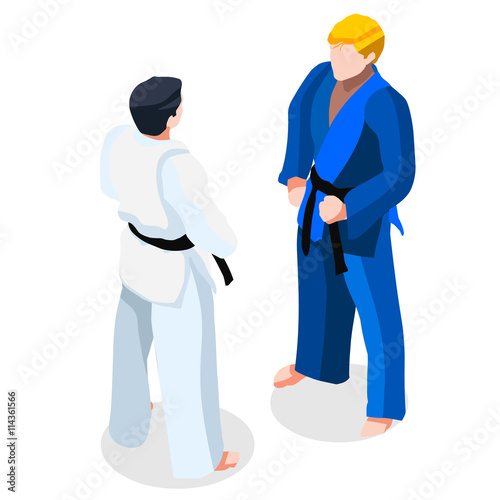The Worldwide Background And Transformation Of Martial Arts
The Worldwide Background And Transformation Of Martial Arts
Blog Article
Developed By-Chu Fallon
Martial arts have a fascinating history that extends centuries and continents. You may find it interesting exactly how old techniques like Shuai Jiao and Kalaripayattu laid the groundwork for contemporary combat techniques. https://www.wlky.com/article/louisville-kentucky-expo-center-kickfest-martial-arts/44618236 stress physical abilities but also reflect the cultures that birthed them. As you discover their advancement, take into consideration how globalization has transformed these standard types right into crossbreed styles. What influences do you believe have shaped today's martial arts landscape?
Ancient Martial arts: The Foundations of Fight
As you delve into the world of ancient martial arts, you'll uncover the abundant structures that shaped combat strategies throughout cultures. Very early techniques focused on Self-Defense and survival, frequently integrating strikes, grappling, and weaponry.
In ancient China, for instance, techniques like Shuai Jiao stressed tosses and joint locks, while India's Kalaripayattu showcased agility and fluid activity. Japanese samurai established Kenjutsu, a refined swordsmanship that highlighted discipline and approach.
These martial arts offered not just for battle but also as a way of individual development, instilling values like respect and perseverance. The mixing of these methods in time prepared for the diverse martial arts you see today, each reflecting the special ideologies and needs of its society.
The Cultural Impact on Martial Arts Development
While martial arts usually mirror the practical needs of a society, they likewise personify the cultural values and beliefs of their beginnings. When you check out various martial arts, you'll notice just how they're affected by faith, philosophy, and social norms.
For instance, the focus on respect and technique in Japanese martial arts comes from Zen Buddhism and samurai culture. On the other hand, Brazilian Jiu-Jitsu promotes flexibility and technique, shaped by the need for efficiency in a diverse, modern environment.
You might find that the rituals, attires, and training methods mirror a community's history and identity. By recognizing these cultural impacts, you deepen your gratitude of martial arts and their function fit human experiences around the world.
Modern Adaptations and the Globalization of Martial arts
Martial arts have actually changed significantly in recent years, adapting to contemporary culture and worldwide influences. You'll notice that traditional kinds have blended with contemporary strategies, developing hybrid styles like MMA. adult jiu jitsu deal with varied audiences, making martial arts available and enticing around the world.
With the surge of social media and electronic systems, you can locate tutorials and competitors from all corners of the globe, damaging geographical barriers. This globalization has actually caused a common gratitude for numerous self-controls, from Brazilian Jiu-Jitsu to Taekwondo.
As you engage with these arts, you'll recognize they're not nearly battle; they promote fitness, discipline, and mental wellness.
Eventually, modern adaptations have enhanced the martial arts landscape, making it a vibrant and advancing practice.
Final thought
In checking out the background and development of martial arts, you reveal a remarkable blend of strategies, cultures, and viewpoints. From ancient techniques like Shuai Jiao and Kalaripayattu to the modern-day flexibility seen in mixed martial arts, martial arts show humankind's mission for Self-Defense and individual growth. As you engage with these methods, you not just acquire abilities but also a deeper recognition for the diverse practices that shape our globe today. So, proceed your trip and embrace the art of combat!
